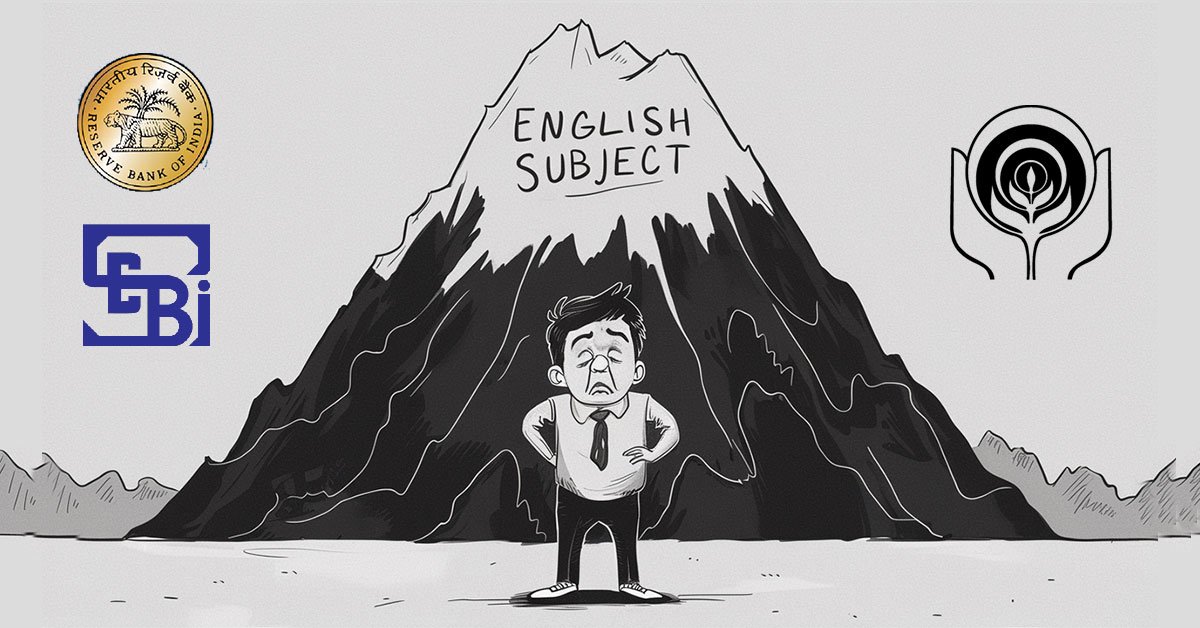Context:
The corporate debt market is witnessing aggressive fundraising despite rising yields and liquidity constraints, reflecting a complex interplay of funding needs, market conditions, and policy expectations. Major issuers including REC, NTPC, Canara Bank, and PFC are set to collectively raise ₹ 22,000 crore, pushing total issuances to over ₹ 25,000 crore in the next 7–10 days.
What is Corporate Bond Market?
Why Are Corporates Rushing to Raise Debt?
- Liquidity Tightening & Advanced Tax Outflows
- System liquidity deficit exceeds ₹ 1 trillion, exacerbated by tax outflows and sustained credit demand.
- The RBI’s ₹ 50,000 crore OMO may provide short-term relief, but liquidity constraints will likely persist.
- Surge in State Borrowing
- State Development Loan (SDL) auctions could surpass calendar estimates, adding further supply pressure on the debt market.
- This intensifies the competition for funds, pushing yields higher.
- Rising Bond Yields & Market Expectations
- Heavy issuances, negative liquidity, and global uncertainties have led to higher yields on corporate bonds.
- Market participants do not expect any meaningful softening in yields before the RBI’s April policy review.
- Front-Loading of Fundraising
- With macro risks (inflation, global rate cycles, oil prices) persisting, corporates may be locking in funds early to avoid further yield spikes.
Sector-Specific Implications
- Banking & Financial Services
- Canara Bank’s ₹ 4,000 crore Tier-II bond issuance signals that banks are securing capital buffers amid regulatory shifts and potential asset quality risks.
- The credit-to-deposit ratio at 79% suggests sustained credit growth pressure on deposits, making bond financing a strategic move.
- Infrastructure & Power Sector
- REC and PFC’s combined ₹ 14,000 crore issuance reflects continued funding demand in power financing.
- NTPC’s ₹ 4,000 crore, 15-year bond issuance indicates long-term project financing needs, aligning with India’s infrastructure push.
Market & Policy Outlook
- RBI’s April Policy Meeting Is Crucial
- Markets will closely watch RBI’s stance on liquidity management and rate guidance.
- If policy signals remain neutral-to-hawkish, yields could stay elevated, impacting future bond pricing.
- Global & External Factors
- U.S. Federal Reserve’s rate trajectory remains a key risk—higher U.S. yields could trigger outflows from Indian debt markets.
- Geopolitical risks (oil prices, global trade tensions) could add to inflationary pressures, influencing policy decisions.
Balancing Act Between Funding Needs & Market Risks
The current surge in bond issuances highlights a strategic push by corporates to secure funding amid liquidity constraints and uncertain market conditions. However, with higher yields, external headwinds, and fiscal pressures, the coming months will be critical in determining how corporates navigate the evolving debt landscape. Investors and issuers alike will closely track RBI’s policy signals, global rate movements, and liquidity trends to assess further borrowing strategies.















